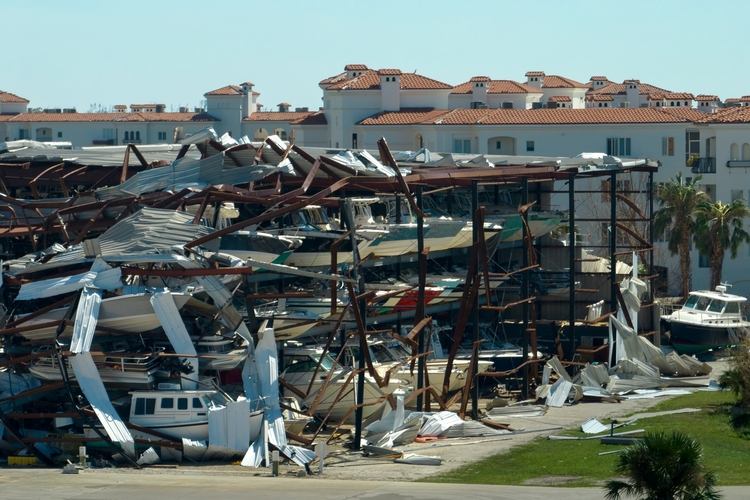
From Taiwan’s vulnerability to the US’s $1.5 billion in total damages since 1980, hurricanes have reverberating financial impacts
By
This week, Category 5 Hurricane Melissa hit Jamaica. Already, the storm is responsible for seven deaths – three in Jamaica, three in Haiti and one in the Dominican Republic.
The world’s strongest storm of the year, Hurricane Melissa is likely to reach wind speeds of up to 185 mph (295 km/h), produce life-threatening storm surges up to 13 feet high and bring rainfall of 15 to 30 inches. Currently, Melissa has an air pressure in its centre of 901 milibars (mb), just ahead of Hurricane Katrina, which reached 902mb. It is the strongest recorded storm Jamica has suffered.
Enjoying this article? Check out our related reads:
Estimates already project Melissa could cause Jamaica more than $12billion USD in damage, while other reports suggest figures between $5 and 10billion USD. For a country whose GDP is just under $20 billion, such a blow could cause severe financial strain for years to come.
Across the world, hurricanes have cost nations billions of dollars annually. In particular, tropical cyclones are among the most destructive extreme weather events globally, leading to an average of $78million in economic damages and 43 deaths each day.
In total, the US saw $731 731 billion in losses between 2010 and 2019, due to major hurricanes such as Irma, Maria and Harvey – making it the hardest-hit country for hurricane damage on the planet.
Already, this decade (2020–2029) has seen $ 460 billion in damages, double the total losses from 1980 to 1999. The costliest hurricanes ever recorded in the nation are Hurricane Katrina ($201.3billion), Hurricane Harvey ($160billion), Hurricane Ian ($119.6billion), Hurricane Maria ($115.2billion) and Hurricane Sandy ($88.5billion).

While immediate economic losses from tropical cyclones are evident, there are also major ripple effects on global supply chains. For example, ports – which handle about 80 per cent of global trade – face significant disruptions due to extreme weather. In the case of Hurricane Katrina back in 2005, the Port of New Orleans was shut for nearly four months, leading to global grain shortages and spiking prices.
Another region particularly impacted by hurricanes is Taiwan. A critical hub in global supply chains, it faces financial risks from tropical cyclones. As the producer of more than 60 per cent of the world’s microchips, disruptions in Taiwan due to cyclones have substantial ripple effects on global supply chains.
Under the most severe climate scenario, annual growth rates for Taiwanese semiconductor stocks could drop from 8 per cent to 4 per cent, with implications for global markets.
Caribbean nations also face costly damage from hurricanes. Jamaica, Puerto Rico, the Dominican Republic and Cuba all experience frequent storms – and in 2017, Hurricane Maria caused $90 billion of damage in Puerto Rico alone, devastating homes, infrastructure and power grids. In particular, smaller islands in the Caribbean often suffer disproportionately relative to their GDP.
What can be done to help?
Without improved adaptation measures, the economic consequences of tropical cyclones are likely to become more severe.
Improving infrastructure, early warning systems, and financial safety nets are nature-based solutions that are all ways to mitigate the economic costs of tropical cyclones and increase a country’s resilience.
Unfortunately, adaptation alone is unlikely to reduce the impacts of extreme events. Limiting global warming to 1.5°C above pre-industrial levels is key in reducing the severity of tropical storms, helping to safeguard economic stability.




